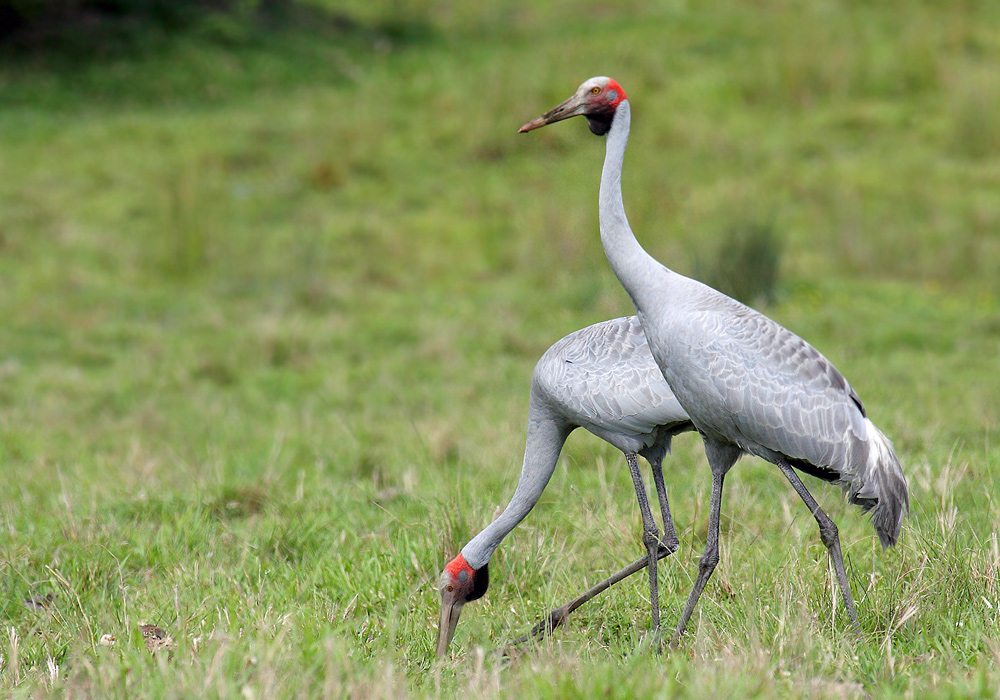Brolga crane – The dancing crane from down under

Brolga Crane – Grus rubicundus
Class: Aves
Territory: Australia, Indonesia, Papua New Guinea
Diet: Tubers, insects, molluscs
Lifespan: 20-25 years
Adult weight: 6 kg (13 lb)
Conservation status: Least concern
Australia’s native crane is a tall bird standing at 130 centimetres (4.3 feet), with greenish-grey skin and a body plumage that is light blue in colour. Amazingly, they have evolved to possess a special skill they do not share with any other crane. A specialised salt gland located near the eye allows the bird to excrete a concentrated salt solution from the salt water they drink. Almost like a built-in filter, it means they do not have to be too concerned with the quality of the water they drink. Once they have paired up with a mate, they usually bond for life, taking part in a display of affection where they will sing to each other, usually initiated by the female. When dancing, they will line up opposite each other, bowing and throwing their heads back while trumpeting wildly.















